Getting the most out of Facebook and Instagram ads Continuous experimentation and a deep understanding of both platforms are key. You can refine your strategy and get better results if you stay on top of trends and algorithm changes. Sustaining advertising success requires constant testing and learning from data driven insights.
Modern eCommerce And Social Media
The way eCommerce businesses operate, communicate, and reach customers has been changed by social media.

Image Courtesy –TIDIO
With Facebook and Instagram, businesses can connect with customers like never before.Â
Facebook ads can be supercharged by targeting people with specific buying behavior, like recently engaged shoppers.
Those platforms aren’t just social spaces anymore, they’re powerful sales channels.Â
eCommerce businesses can reach highly targeted audiences and increase ROI with Facebook and Instagram ads.
What Makes Facebook And Instagram Tick
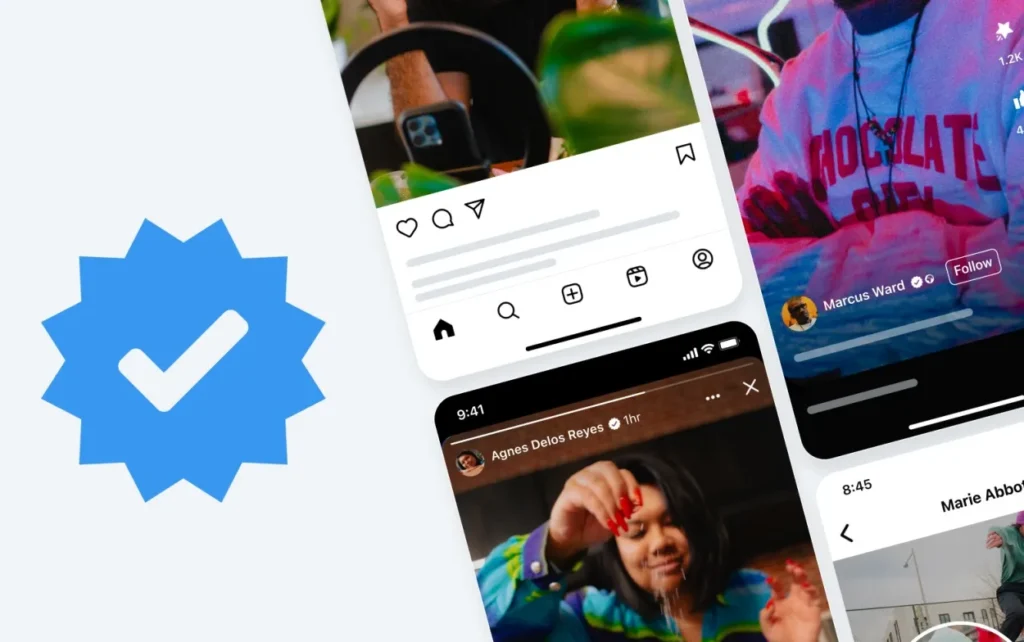
You can find 2.8 billion monthly active Facebook users and 1 billion Instagram users.
They’re perfect for eCommerce advertising not just because of their size, but also because of their advanced targeting, ad formats, and user behavior.
Through custom audiences, brands can target users going through life events like engagements, relocations and anniversaries.
Thanks to Facebook’s data collection and Instagram’s visual nature, brands can connect with their audience at every stage of the buying process.
eCommerce Growth: Paid Advertising

Paid advertising is now a must for eCommerce businesses. Facebook’s organic reach has declined, and advertising is the only way to reach a lot of people.
In addition to increasing reach, paid ads on Facebook and Instagram help businesses target conversion ready users.
Paying for ads can make sure your content reaches your target audience at the right time, improving your customer journey.
Setting Up for Success: Before Ad Campaigns

Facebook And Instagram Advertising Goals For eCommerce
The ROI of your ads can’t be measured without goals. The most common goals for eCommerce ads on Facebook and Instagram are:
- Establish your brand presence by reaching a big audience.
- Engage your audience: Likes, comments, and shares are great.
- Boost conversions: Get people to buy by driving traffic to product pages.
- Boost customer loyalty by retargeting previous customers.
The KPIs You Need To Measure Success
Keeping track of eCommerce KPIs helps businesses figure out if their campaigns are working. Watch these key KPIs:
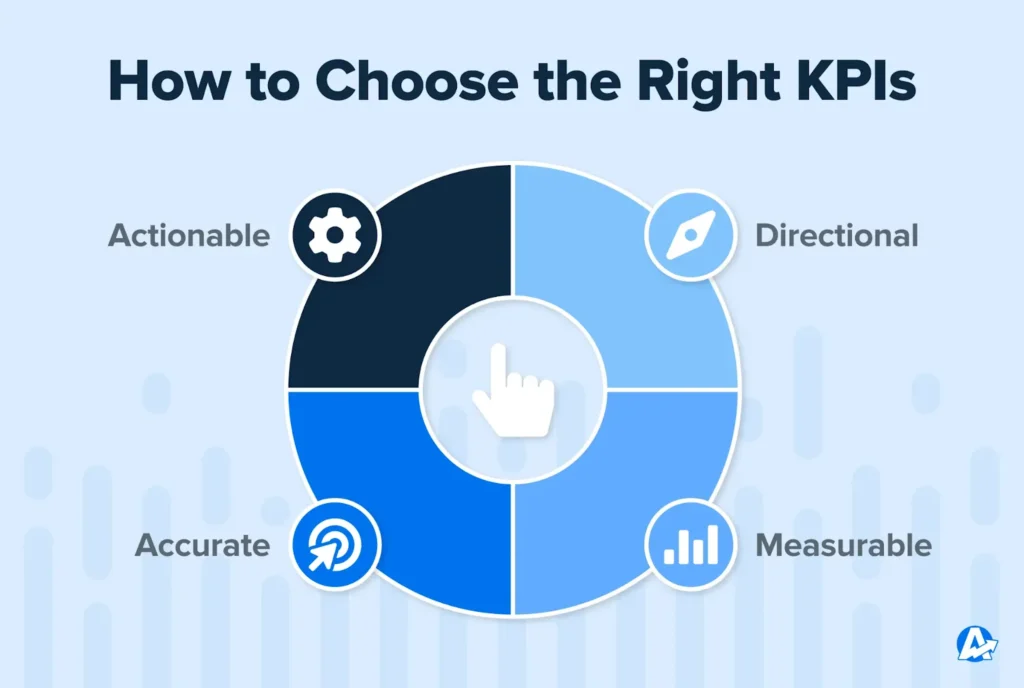
Image Courtesy –AGENCY ANALYTICS
- Revenue per dollar spent on ads is called return on ad spend (ROAS).
- The cost per acquisition (CPA) is what it costs to get a new customer.
- It’s the percentage of people who do what you want after they see the ad.
- Customer Lifetime Value (CLV): Helps to calculate the long term value of acquired customers and decide where to allocate budget.
Identifying Your Target Audience and Segmenting It
Knowing your customers is the first step to audience targeting, and ads play a big part in that.
Instagram and Facebook have tools like Facebook Audience Insights that let brands analyze audience demographics, interests, and behavior.Â
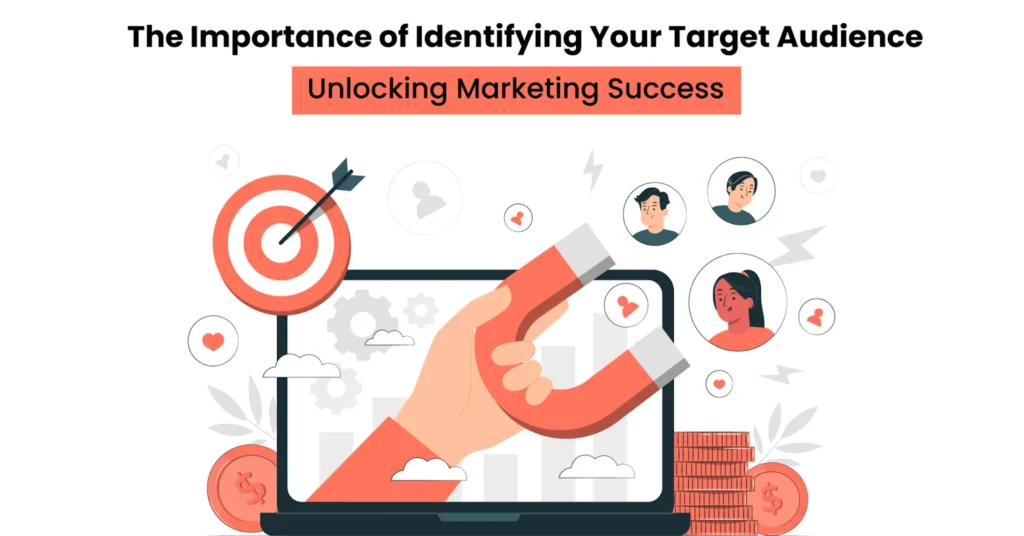
Brands can use these insights to target based on behavior and demographics.
The insights brands get from these studies can be used to create customer personas and segment their audience.Â
It’s a good way for brands to make sure their ads are relevant and resonate with their audience.
Advertising Accounts On Facebook And Instagram
Create a Facebook Business Manager account before you start an ad campaign.
This account lets you manage Facebook and Instagram ads all in one place. Here’s what you can do with Business Manager:

- Managing ad accounts for different campaigns and products.
- Give team members roles and permissions so they can work together.
- Improve your decision making with advanced analytics. Organizing your data and setting up your account correctly will make sure your campaigns run smoothly.
Campaign And Ad Set Design For Optimization
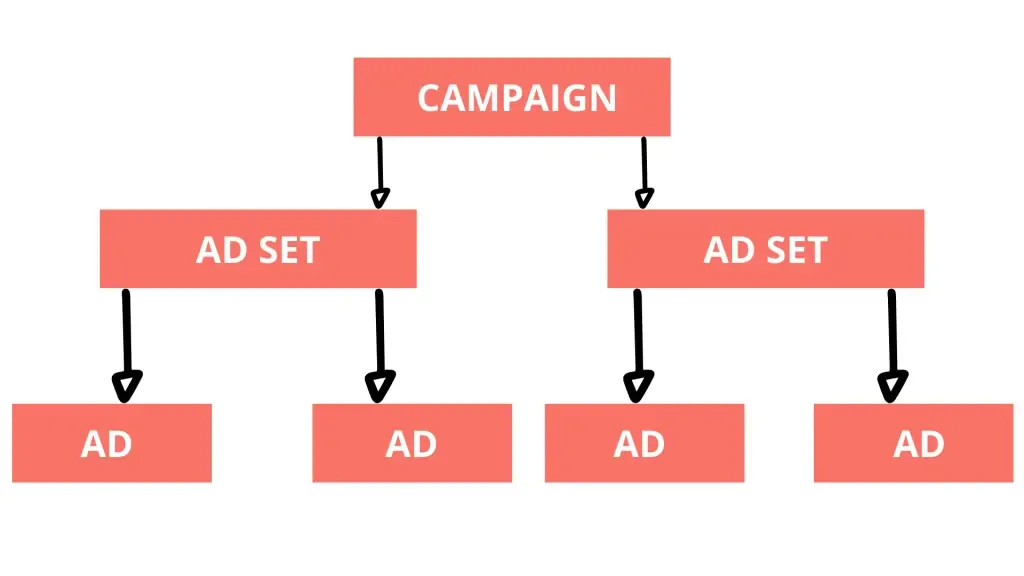
Image Courtesy –K6
There are different audience segments for each ad set, so it’s crucial to define the target audience when segmenting the ad set.Â
Each ad set can have a different bidding strategy and different creatives.
Using custom audience based strategies like creating custom audiences from website visitors or CRM data can make ad targeting more powerful.Â
Brands can test different variables this way and optimize based on performance.
The goal is to ensure every ad reaches the right audience and increases conversions.
Facebook And Instagram Ads For Ecommerce
How To Make Your Ad Stand Out
You can buy ads on Facebook and Instagram in different formats for different marketing goals. eCommerce’s most popular ad formats:
Ads with photos: Easy and quick
You can use photo ads to showcase individual products or a whole range. One high quality image and short copy make photo ads effective for promoting limited time offers.
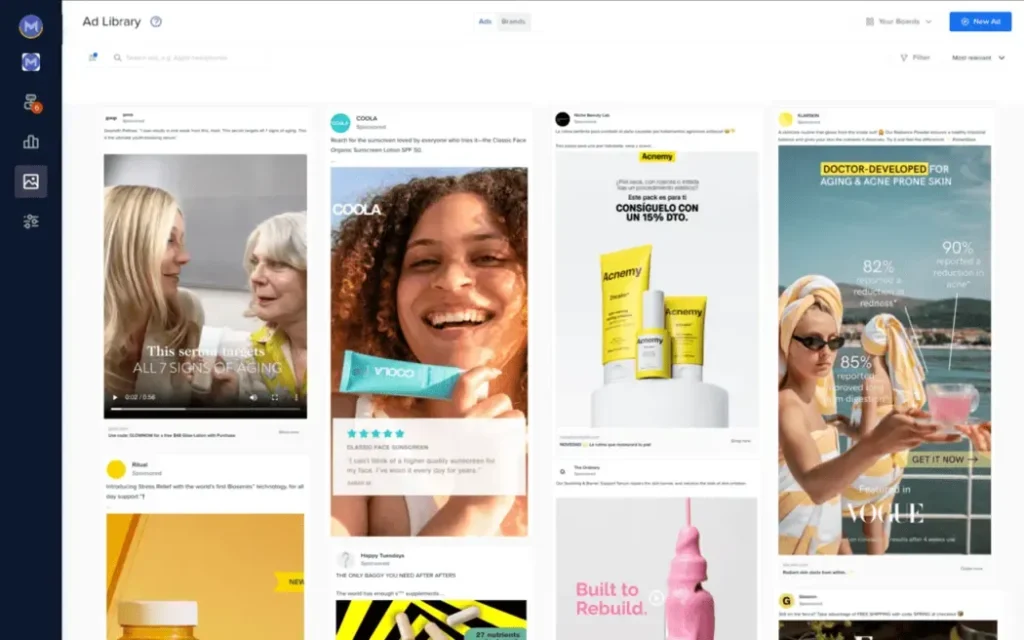
The power of video ads: Storytelling and product demos
Brands can engage viewers with dynamic content like product demos, behind the scenes footage, as well as customer testimonials through video ads.
For eCommerce, these ads are great because they provide a more immersive experience and help show product value.
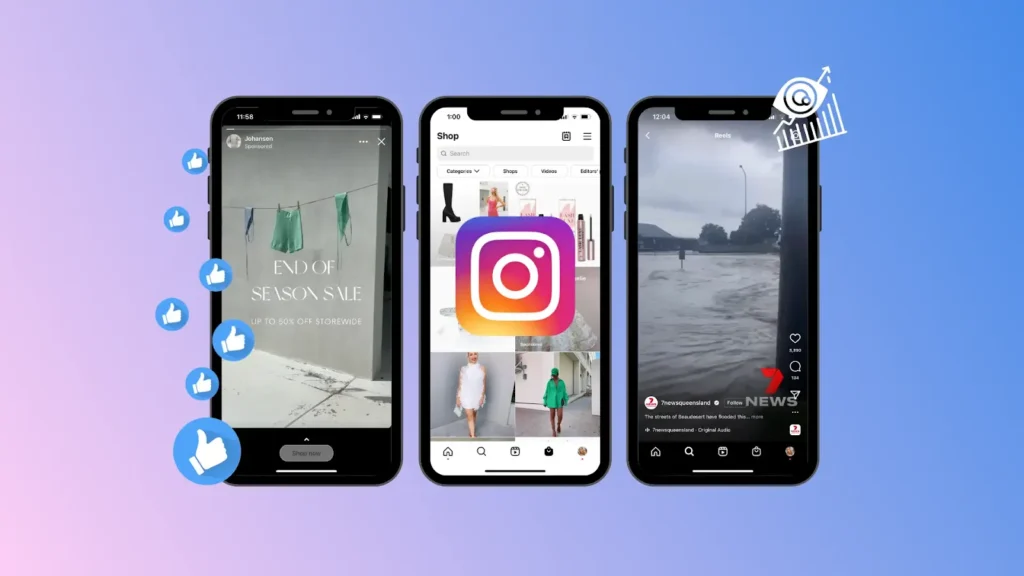
Carousel ads: Show multiple products
The carousel ad allows businesses to show multiple images or videos.
Using carousel ads, marketers can target specific audience segments with products that suit their needs.
With this format, you can show multiple products or different features of one product, which is great for cross selling and up selling. The images are interactive and you can swipe through them.
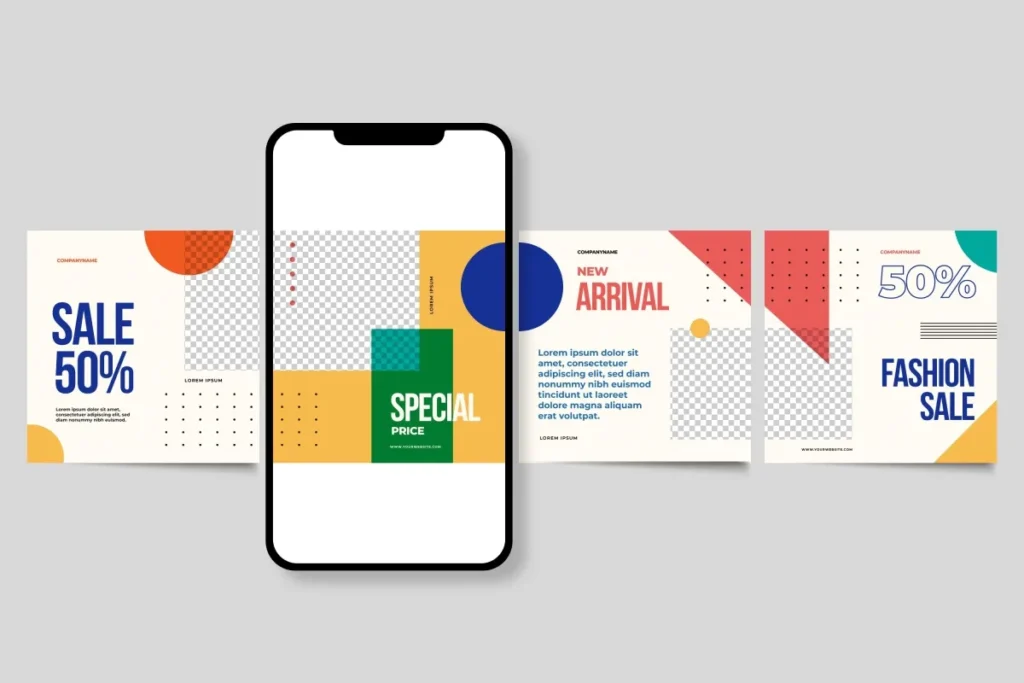
The Mobile Storefront: Collection Ads
On mobile devices, collection ads create a storefront experience.
Users click on the ad to go to a full screen landing page where they can browse curated products.
You can browse products in a clean, visually appealing way with collection ads.

Stories Ads: Engage your audience instantly
Advertisers run stories between users’ stories on Instagram and Facebook, full screen and vertical.
These ads are great for promotions, flash sales, or announcements because they’re short and impactful. As stories are temporary, they trigger instant action.
Ad Formats: Picking the Right One
Your campaign goals will be met if you choose the right ad format. Photo and video ads, for example, are for brand awareness, and carousel and collection ads are for direct conversions.
A campaign’s ad format can be matched to the campaign’s objective to optimize engagement.
Advertising Content
Visuals that stand out
Getting people to interact with social media ads is all about visuals.
To grab audience attention, eCommerce brands need high quality product images and videos.
Your ads should have beautiful, clear, well lit graphics that reflect your brand. Styling consistency across ads reinforces brand recognition and makes the content more memorable.
Tips for taking product photos
Photographing a product isn’t just about taking it; it’s about showing off its benefits. Check out these tips for making it look good:
- Keep the background simple and clutter free so the product stands out.
- Describe what makes your product different.
- Use lifestyle elements to show how the product fits into someone’s life, so potential buyers can see how it works.
Writing Your Ad
It’s important to write good copy for social media ads. The best ad copy is short, engaging, and aligned with the audience’s needs. Write good ad copy by following these tips:
- Make sure you address the pain points the product solves.
- To get your audience’s attention, talk about benefits not features.
- Clear calls to action (CTAs) guide users to the next step, whether that’s to buy or visit a website.

A social proof strategy with user generated content
Ad credibility is built on user generated content (UGC) like customer reviews and social media posts.
Building trust and social proof starts with real customer experiences. The user generated content helps potential buyers see the product in action and feel more confident.
Adding testimonials and showing user photos to your ads can increase engagement.
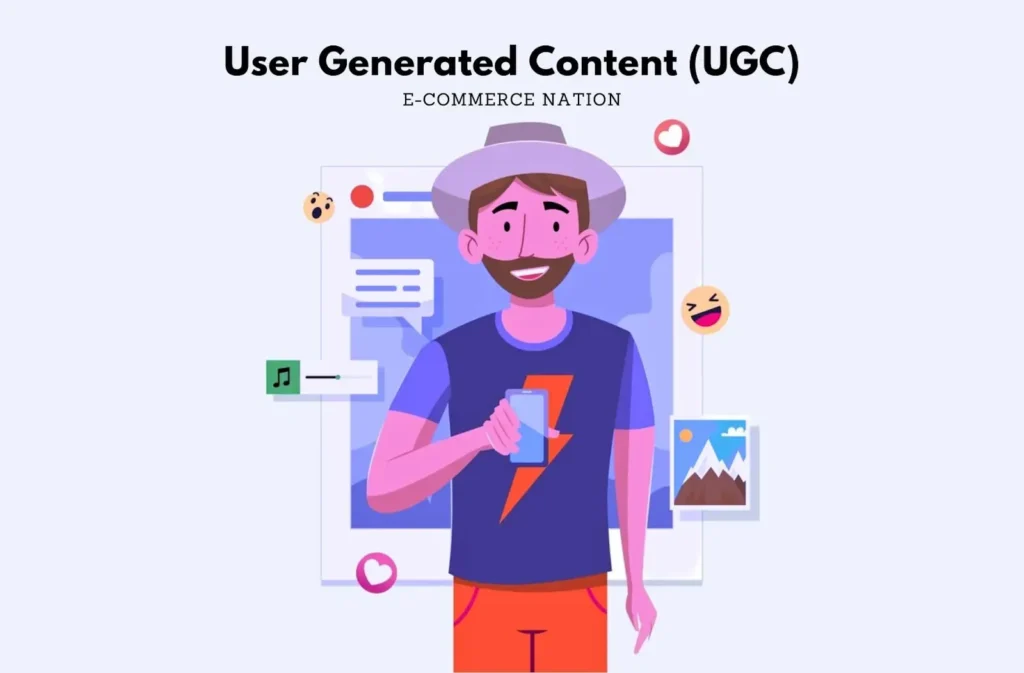
Image Courtesy –ECOM. NATION
Targeting and Retargeting Strategies
Audiences: Targeting existing customers and leads
You can target users who’ve interacted with your brand before with custom audiences on Facebook and Instagram.
Businesses can target potential customers by creating custom audiences from customer data.Â
Using Facebook Custom Audiences is a great way to retarget people who have shown interest in your stuff.
Audience based targeting uses data from a variety of sources, including website visitors.Â
Website visitors, app users and people who have engaged with the brand on social media can all be custom audiences. People who are familiar with the brand are more likely to convert with custom audiences.

Image Courtesy –FASTER CAPITAL
A lookalike audience: Targeting similar people
Brands can reach new customers with similar interests by targeting lookalike audiences.
The new audience will be more likely to be interested in the products if they create lookalike audiences.
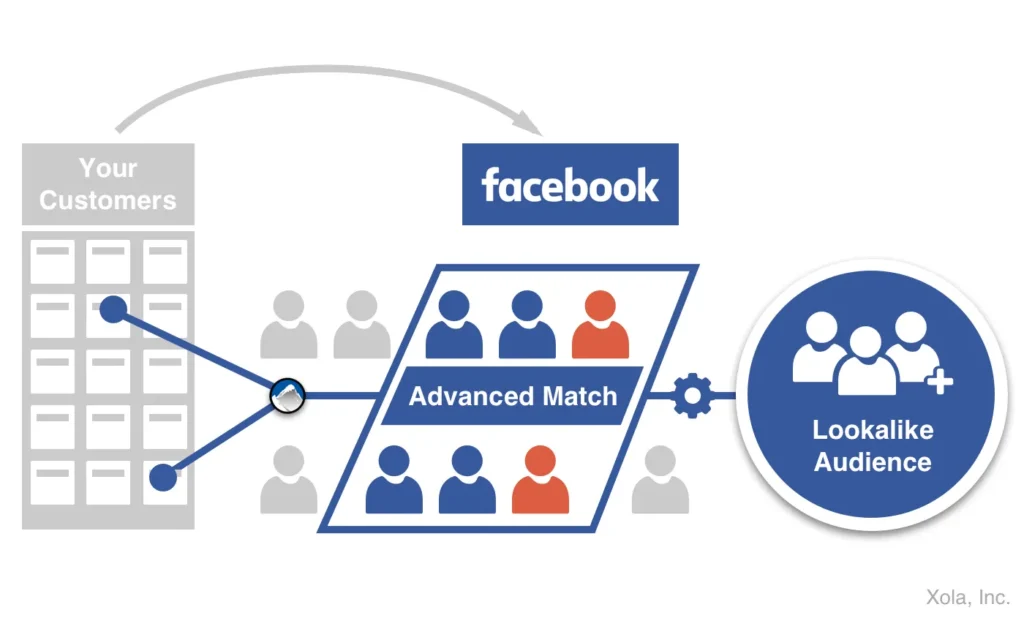
Image Courtesyhttps://www.xola.com/
Target your audience based on their interests
Users can be targeted based on their hobbies, activities, and interests using interest based targeting.
For instance, a fitness apparel brand could target people who love fitness. Connecting with customers who share similar values or interests through interest based targeting increases engagement.
Tracking conversions with retargeting
In eCommerce, retargeting can help brands get in front of people who have shown interest but haven’t converted.
The more brands refine their target audience, the more effective their retargeting strategies can be.
Check out these retargeting tactics:
- Advertisers can remind users of the items in their cart and encourage them to buy them.
- Using ads to show users the products they viewed but didn’t buy, so they don’t forget about them.
- Upselling and cross selling: Retarget your previous customers with related products.
The Buyer’s Journey: Building Funnels
Instagram and Facebook ads can be part of a larger funnel to guide users through the buying process.
Ads that focus on awareness, consideration, and conversion help brands nurture leads.
The ads should be tailored to the audience’s needs as they move toward a purchase.
Creating a budget and bidding
Budgeting
How to calculate an effective ad budget
The right budget for Facebook and Instagram ads depends on your campaign goals, audience size, and ROAS expectations.
Every ad set should be budgeted based on anticipated ROI. You’ll be able to balance cost and reach better for new campaigns if you review past campaigns.

Bidding Strategies
Besides cost per click, Facebook and Instagram have cost per impression and cost per action bidding options. There are three bidding strategies:
- The cost per click is for traffic or engagement on a website.
- A CPM campaign is great for brand awareness campaigns.
- CPA: Great for eCommerce sales campaigns.
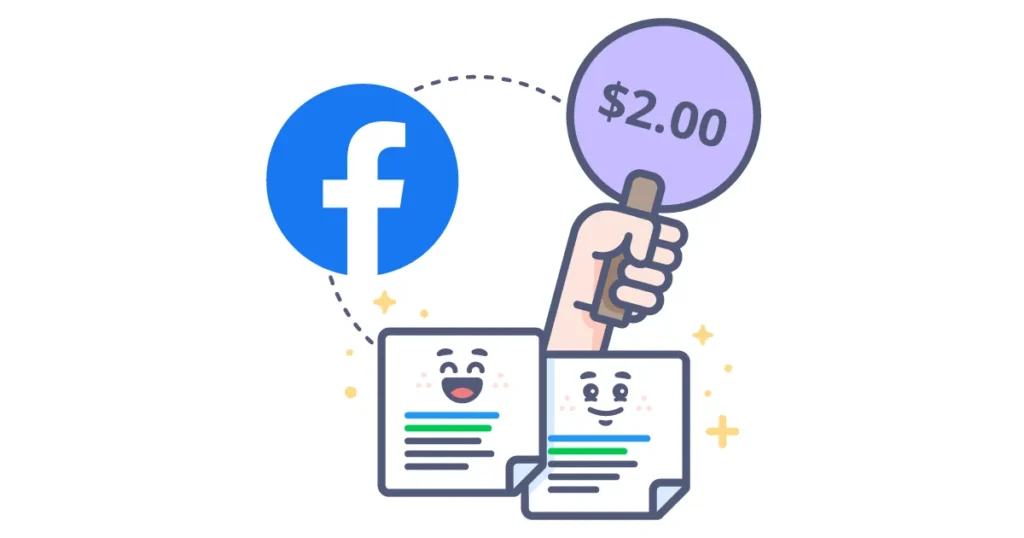
Auto bidding vs. manual bidding
Facebook’s auto bidding lets it adjust bids based on campaign performance, making it easier for businesses.
Bidding manually gives you more control, which is good for high priority campaigns with tight budgets. A brand should choose a bidding method that fits their goals and resources.
Analytics of Ad Performance
The best metrics for measuring success
These metrics can help brands figure out how ads are doing:
- Click Through Rate (CTR): Tracks how many people click the ad.
- Ad Conversion Rate: Measures how many people did the desired action after seeing the ad.
- Cost per CPC and cost per thousand: To measure efficiency.

Testing A & B
A/B testing is when you run two or more versions of an ad to see which one works better.
Using data to test different visuals, copy, and targeting options will help brands improve engagement. With A/B testing, you can refine your ad targeting to find out what works best for specific audiences.
The results of A/B testing will help you refine your future campaigns.
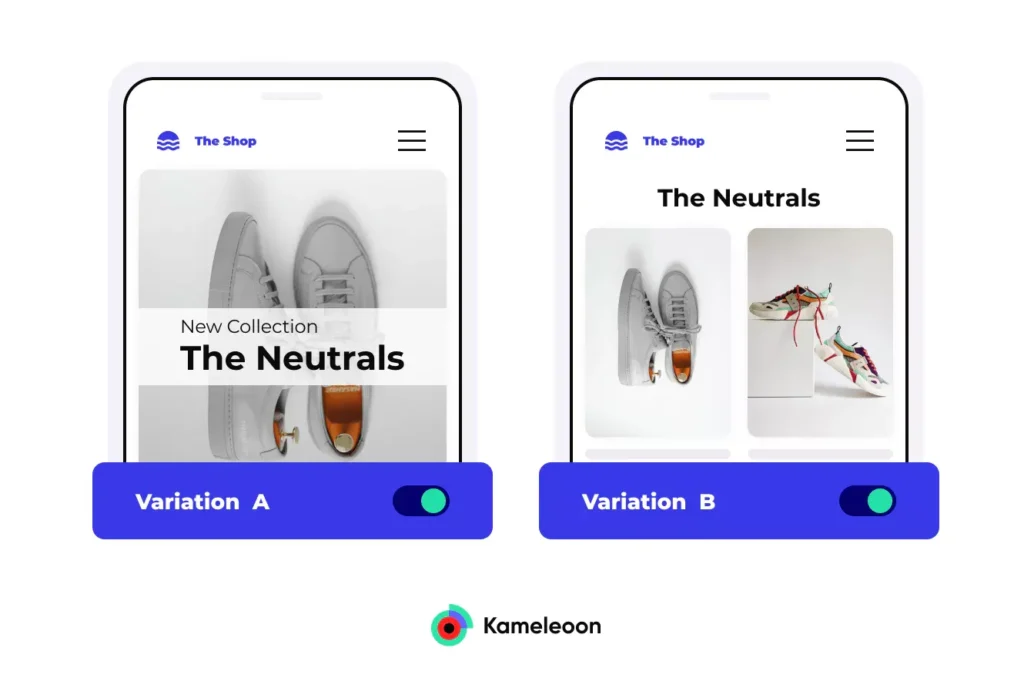
Image Courtesy –KAMELEOON
What Facebook’s Automated Rules Do
Using Facebook’s automated rules, businesses can set criteria that will adjust bids, budgets, or pause ads based on performance.
Using automated rules helps brands manage campaigns more efficiently and make sure ads meet performance targets.
AI Benefits
The AI will analyze the performance of ads and make changes in real time to improve placement and targeting.
Ads will be served to users most likely to engage or convert based on AI insights.
Advertising on social media: Challenges and trends

Ad Fatigue Solution with Fresh Content
User engagement drops when they see the same ad multiple times.
It’s important for brands to refresh their creative assets regularly, introduce new messaging, and experiment with different ad formats to prevent ad fatigue.
Engage users by keeping ads fresh.
Making sure you’re up to date on privacy changes
New privacy regulations and data tracking restrictions on iOS make social media advertising harder.
Finding alternative audience targeting and building first party data are key for brands.
Make sure you’re aware of privacy laws so you don’t get caught.
What’s next for Facebook and Instagram
The look of eCommerce advertising on Facebook and Instagram is changing thanks to new ad formats like AR ads.
You’ll get direct conversions with these innovations. Taking advantage of these trends will keep brands ahead of the game.
Conclusions
From setting goals to targeting the right audience, Facebook and Instagram ads require a holistic approach. It’s important to consider your budget, product, and audience when setting up ads.
You should also track the performance of your ads and adjust them accordingly. Finally, don’t forget to optimize for conversions and measure the success of your ads.
These strategies will help eCommerce brands get the best out of their social media ads.


